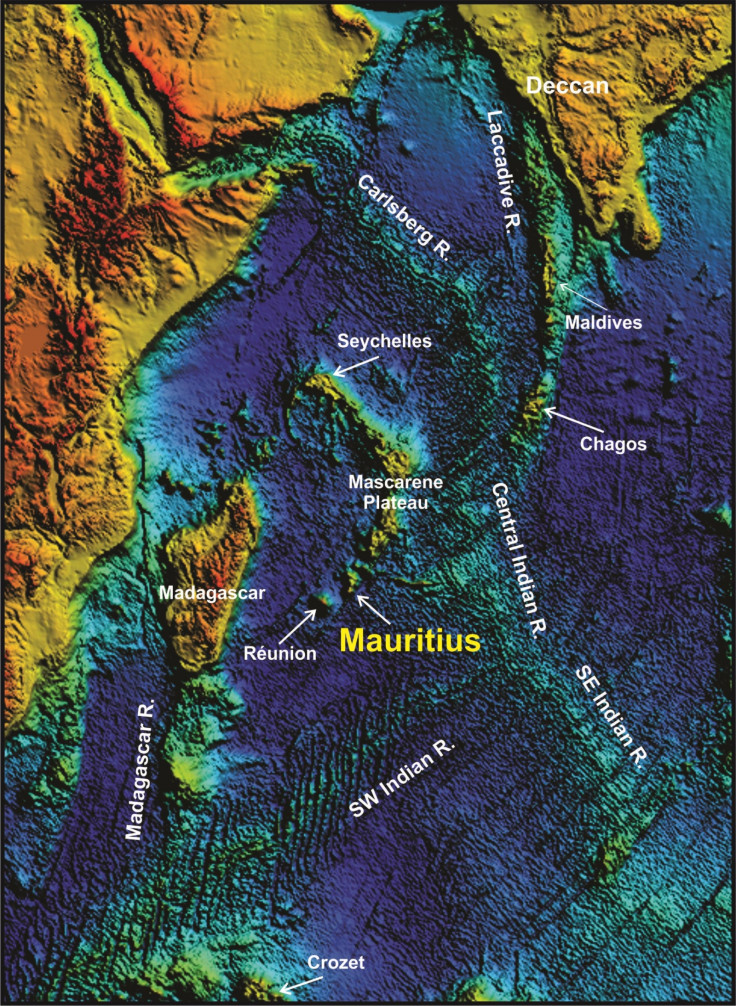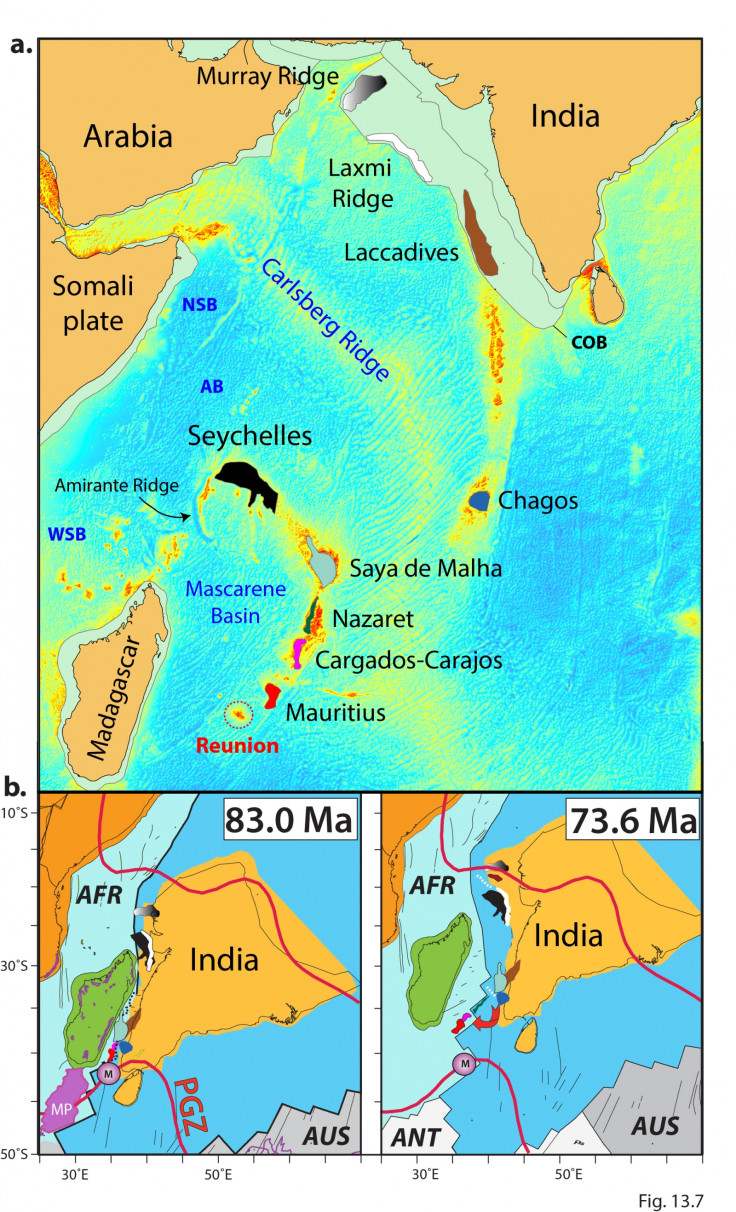Lost fragments of a 3-billion-year-old continent may be trapped beneath the island of Mauritius
The finding means we have to redraw the ancient continental boundaries, geologists say.
Scientists have discovered what appears to be an ancient lost continent beneath the island of Mauritius. Extremely old crystals of the mineral zircon have turned up in young volcanic rock in Mauritius, suggesting that a fragment of the ancient continent of Mauritia lies buried underneath.
The presence of the ancient mineral is a surprise on a volcanic island where most of the rock is less than nine million years old. The volcanic rock – called trachyte – contained a mixture of young and very old zircon, according to the paper published in the journal Nature Communications.
"Three zircons gave spectacularly old ages, ranging from 2.5 to three billion years old," study author Lewis Ashwal of the University of the Witwatersrand in South Africa told IBTimes UK.
"That's a big surprise – they shouldn't be there. Crystals that age should be coming from the continents, not from volcanoes."
This ancient zircon was brought to the surface during a volcanic eruption, where it was swept up from deep beneath the island and expelled to form the trachyte rocks, the authors say.
"There must be a piece of old continent under the volcano at Mauritius. There isn't really any other choice," said Ashwal. "You don't expect to find anything so old in any ocean basin. It says something continental is around."
If correct, the finding could lead to rewriting the boundaries of the ancient continents. Traditionally, the "jigsaw pieces" model of the continents that were broken apart by tectonic forces sets a lot of store by the shapes of present-day coastlines. For example, the straight-edge eastern coast of Madagascar and the straight edge of the west coast of India are traditionally thought to have been next to each other.

"Our results show that there must have been something in between those two. It might not be so easy to fit the big pieces of continent together, as there's a new piece of continent that we didn't know existed," Ashwal said. "We can use this to reconstruct how the continents fitted together in geological time."
Ashwal and his colleagues have identified several irregularities elsewhere that they think could be other sizeable fragments of the continent of Mauritia, including the Chagos Archipelago in the Indian Ocean.
"It's a messy process, not a clean break," Ashwal said. "Maybe there are little pieces of continent littered throughout Indian Ocean, or other oceans."


© Copyright IBTimes 2025. All rights reserved.






















